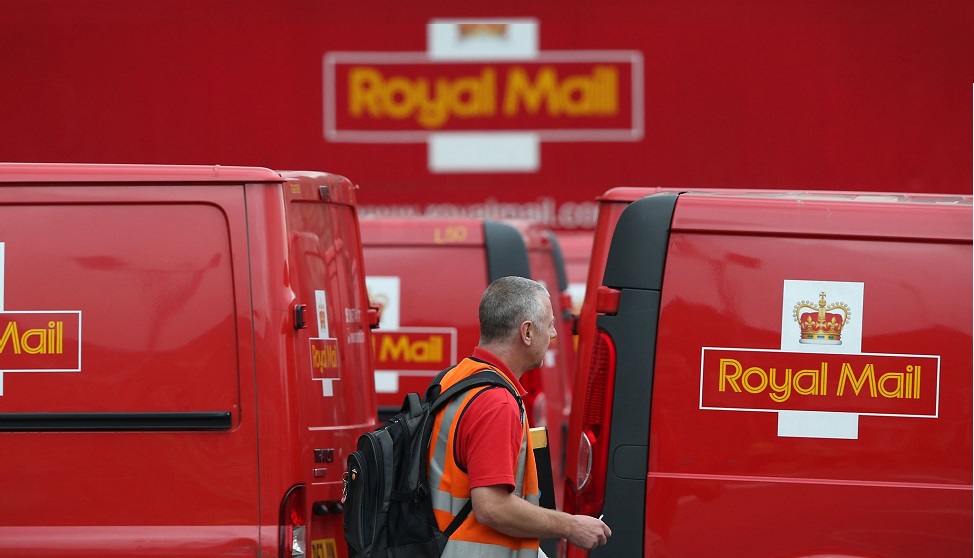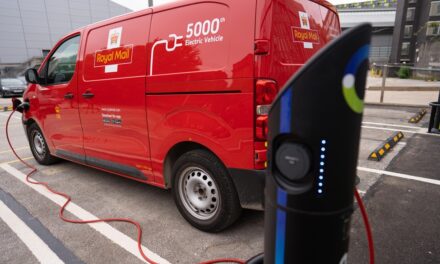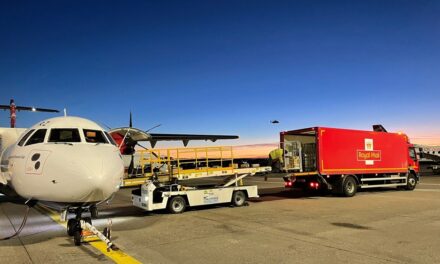
Royal Mail: strike action has cost around £200 million

International Distribution Services has published an update for the 9 months to end of December 2022, revealing Royal Mail’s year to year adjusted operating loss of £295 million.
Financial highlights
- Revenue down 12.8% year on year in the nine-month period. Performance continues to be driven by a return to structural decline in letters, weaker retail trends, the impact of industrial disruption (18 strike days year to date), and lower test kit volumes;
- Total letter revenue declined 6.1% year on year, with volumes for addressed letters excluding elections down 8%;
- Compared to pre-pandemic levels (9M 2019-20) addressed letter volumes (excluding elections) were down 25% and total letter revenue down 14.0%, reflecting the fundamental change in volume and revenue mix – parcels now 54% of total revenue vs. 48% pre-pandemic – highlighting the urgent need to deliver change;
- Total parcel revenue reduced by 17.8% year on year, with volumes down 20% (revenue growth of 8.6% and volume decline of 6% vs. pre-pandemic 9M 2019-20);
- Year to date adjusted operating loss of £295 million. Net cost of strike action in the nine-month period estimated at c. £200 million;
- Five-point plan to stabilise the business making good progress and on track;
- Number of voluntary redundancies required to achieve the 10,000 FTE (Full Time Equivalent) reduction by August 2023 will be significantly lower than the 5,000-6,000 communicated in October as a result of strong performance in reducing variable FTE resource and current levels of attrition. On track for 5,000 FTE reduction by March 2023. No compulsory redundancies.
- Effective contingency measures: despite seven days of industrial action in December, robust contingency planning meant in excess of 110 million parcels and over 600 million addressed letters delivered. Up to 12,500 CWU grade employees returned to work on strike days.
GLS:
- Volume declined 2% year on year in the nine months; revenue growth of 9.7% in Sterling, 9.6% in Euros (including acquisitions and working day effects)1, continuing to benefit from better pricing and higher freight revenues;
- Adjusted operating margin for the nine months 7.5%, 100 bps below prior year;
- Continued robust performance against challenging macro-economic backdrop. Revenue growth in almost all markets, but continued cost pressures, being partly offset by a combination of specific pricing actions, service quality and targeted efficiency measures.
Outlook:
-
- GLS: FY 2022-23: maintaining guidance for revenue growth year on year of high single digit % and adjusted operating profit in the range €380 to €400 million (previously €370 to €410 million).












